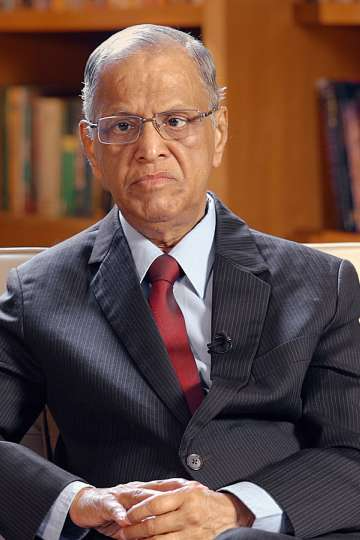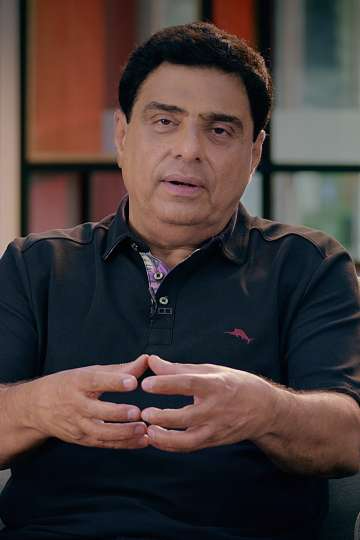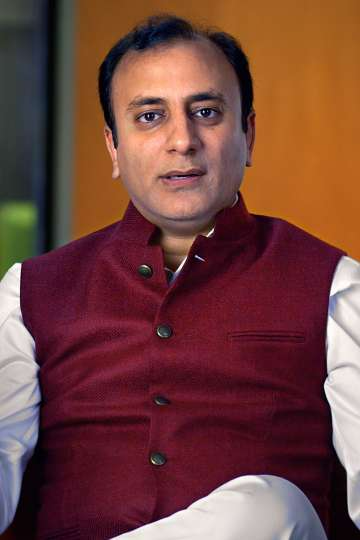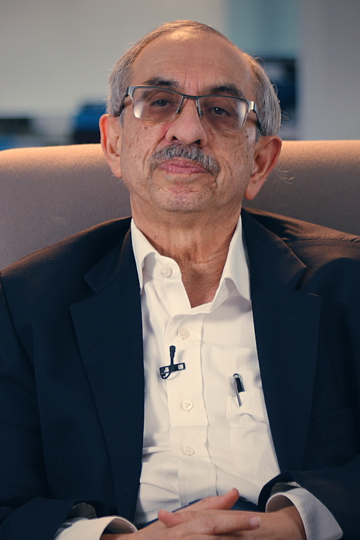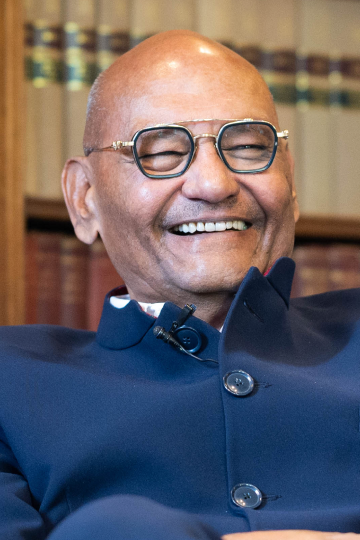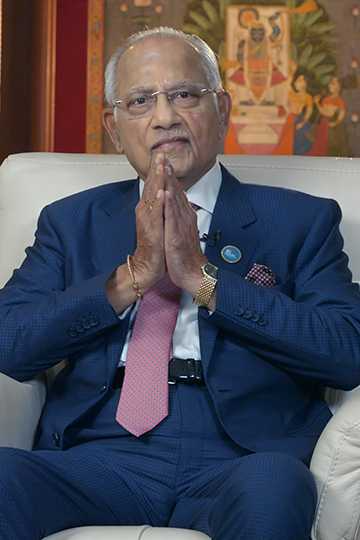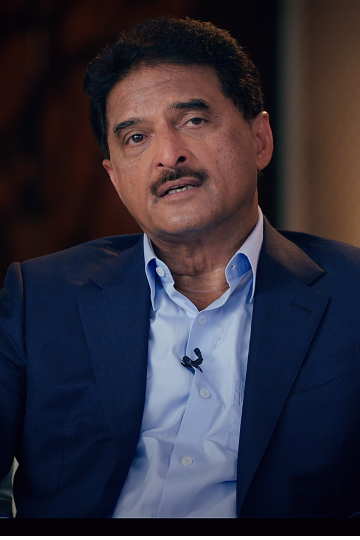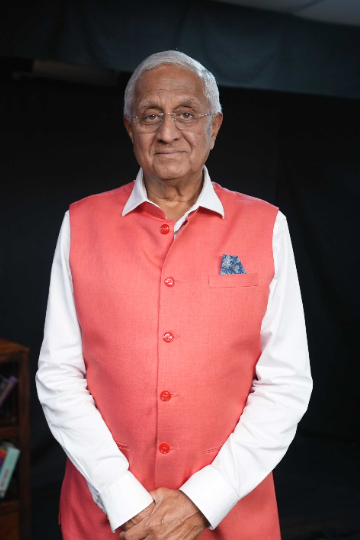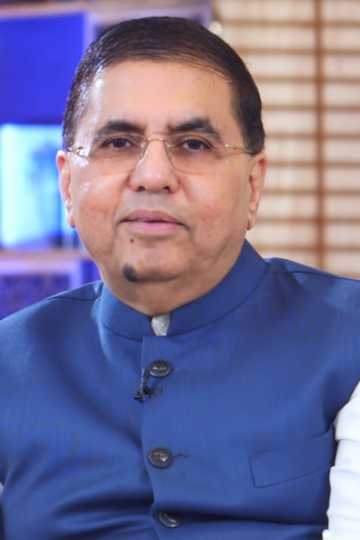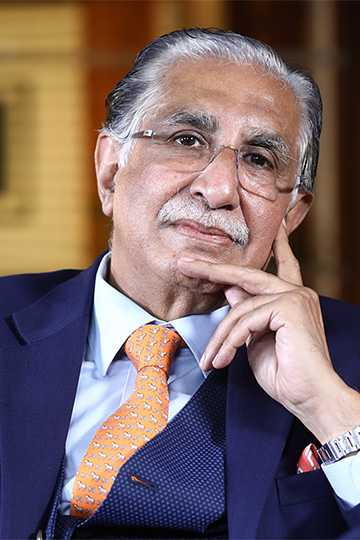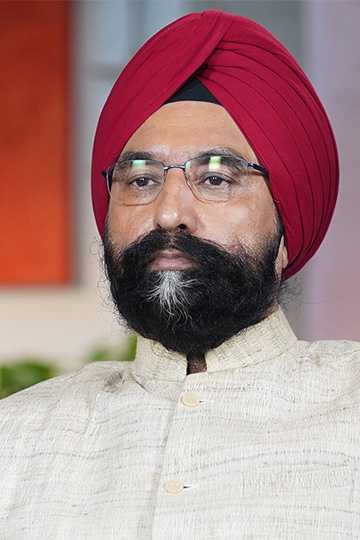 ETtech
ETtechUS President Donald Trump's latest tariff announcements could help India attract a larger share of global smartphone production from Apple and Samsung, although the picture will become clearer once the US concludes negotiations with other countries on final tariff rates.
There is still a possibility that countries like Saudi Arabia, the UAE, and Brazil — currently in the 10% tariff bracket — could emerge as new competitors in electronics manufacturing. American companies are expected to look for low-tariff destinations to manage costs and keep consumer prices down.
Apple, which dominates India's smartphone exports to the US worth about $9 billion, may find it more appealing to expand operations in India. The tariff on Indian exports to the US stands at 27%, compared to a peak duty of 54% on Chinese goods. Apple currently makes iPhones in both India and China.
Apple has been scaling up its presence in India through its suppliers Foxconn and the Tata group, as part of the broader 'China+1' strategy. India also has a potential edge with its opportunity to negotiate a bilateral trade agreement (BTA) with the US. Indian negotiators and the electronics industry are hopeful that New Delhi can push for lower tariffs on value-added products such as smartphones during the talks, positioning itself as a ‘trusted manufacturing ally’ to the US.
"Also, support from corporations, such as Apple, Microsoft and Google, may be sought as they may be roped in as key partners to reinforce India's pitch during BTA negotiations with Trump administration," a key industry official told TOI.
Industry officials remain concerned that if tariffs on Indian smartphones and related products remain at 27%, companies could consider shifting manufacturing to countries with lower tariffs. "The shift to low tariff countries may happen to arrest impact of high manufacturing costs, which threaten to fuel inflation and thus reduce consumption in US," the official said.
Electronics industry bodies are alerting the Indian government about the potential threat from emerging rivals beyond China and Vietnam. "Several developing countries have secured lower tariff rates compared to India, including Brazil, Turkey, Saudi Arabia, UAE (each at 10%), and the Philippines (17%). Saudi Arabia and UAE represent near-term threats to India's electronics exports due to SEZs, competitive manufacturing environments and potential labour-cost advantages," said the Indian Cellular & Electronics Association. "Brazil's favourable tariff treatment, despite historical trade barriers, adds to strategic ambiguity and warrants careful monitoring."
Samsung could also reassess its global production plans after the US imposed a 46% tariff on goods from Vietnam, which is its biggest manufacturing base. The company’s exports from Vietnam to the US and other key regions are estimated to be around $55 billion.
Industry analysts believe this could make it “more profitable and easier” for Samsung to expand its smartphone manufacturing in India. Company officials are currently weighing their options.
There is still a possibility that countries like Saudi Arabia, the UAE, and Brazil — currently in the 10% tariff bracket — could emerge as new competitors in electronics manufacturing. American companies are expected to look for low-tariff destinations to manage costs and keep consumer prices down.
Apple, which dominates India's smartphone exports to the US worth about $9 billion, may find it more appealing to expand operations in India. The tariff on Indian exports to the US stands at 27%, compared to a peak duty of 54% on Chinese goods. Apple currently makes iPhones in both India and China.
Apple has been scaling up its presence in India through its suppliers Foxconn and the Tata group, as part of the broader 'China+1' strategy. India also has a potential edge with its opportunity to negotiate a bilateral trade agreement (BTA) with the US. Indian negotiators and the electronics industry are hopeful that New Delhi can push for lower tariffs on value-added products such as smartphones during the talks, positioning itself as a ‘trusted manufacturing ally’ to the US.
"Also, support from corporations, such as Apple, Microsoft and Google, may be sought as they may be roped in as key partners to reinforce India's pitch during BTA negotiations with Trump administration," a key industry official told TOI.
Industry officials remain concerned that if tariffs on Indian smartphones and related products remain at 27%, companies could consider shifting manufacturing to countries with lower tariffs. "The shift to low tariff countries may happen to arrest impact of high manufacturing costs, which threaten to fuel inflation and thus reduce consumption in US," the official said.
Electronics industry bodies are alerting the Indian government about the potential threat from emerging rivals beyond China and Vietnam. "Several developing countries have secured lower tariff rates compared to India, including Brazil, Turkey, Saudi Arabia, UAE (each at 10%), and the Philippines (17%). Saudi Arabia and UAE represent near-term threats to India's electronics exports due to SEZs, competitive manufacturing environments and potential labour-cost advantages," said the Indian Cellular & Electronics Association. "Brazil's favourable tariff treatment, despite historical trade barriers, adds to strategic ambiguity and warrants careful monitoring."
Samsung could also reassess its global production plans after the US imposed a 46% tariff on goods from Vietnam, which is its biggest manufacturing base. The company’s exports from Vietnam to the US and other key regions are estimated to be around $55 billion.
Industry analysts believe this could make it “more profitable and easier” for Samsung to expand its smartphone manufacturing in India. Company officials are currently weighing their options.
You Might Also Like:
Read More News on
(Catch all the Business News, Breaking News, Budget 2025 Events and Latest News Updates on The Economic Times.)
Subscribe to The Economic Times Prime and read the ET ePaper online.



